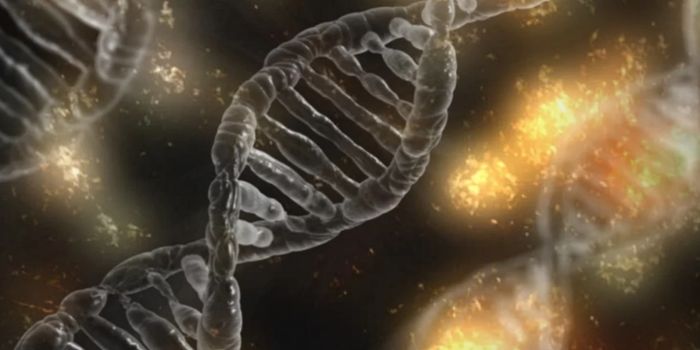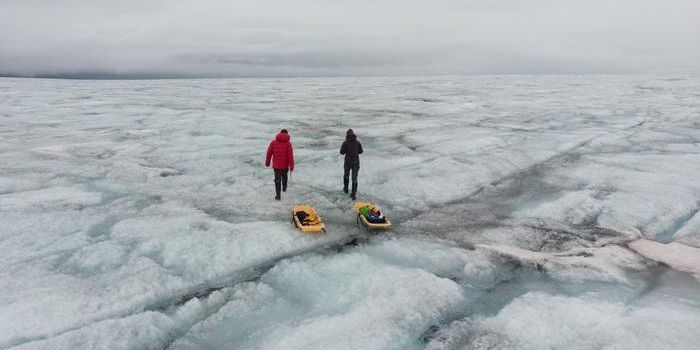How an Insect Gained Its Wings
For decades, researchers have tried to understand how insect wings evolved. It seemed that none of the proposed explanations was complete. Now the question may finally have been answered. Using data that has been collected by different scientists over the years as well as new genetic techniques, investigators have shown that some insect wings have their origins in outgrowths on crustaceans. This surprising result has been reported in Nature Ecology & Evolution.
It seems that a marine animal that was a crustacean made the transition from sea to land around 300 million years ago. When this happened, the leg segments that were closest to its body got incorporated into the body wall as the animal embryo developed. This change may have helped the animal support its weight on land more efficiently.
"The leg lobes then moved up onto the insect's back, and those later formed the wings," said study co-author and Marine Biological Laboratory (MBL), Woods Hole Research Associate Heather Bruce.
Bruce explained that one reason why this mystery took so long to solve was that researchers did not know until around 2010 that insects' closest relatives were crustaceans. Genetic studies had determined at that time that the arthropod phylum was the closest link.
"Prior to that, based on morphology, everyone had classified insects in the myriapod group, along with the millipedes and centipedes," Bruce noted. "And if you look in myriapods for where insect wings came from, you won't find anything. So insect wings came to be thought of as novel structures that sprang up in insects and had no corresponding structure in the ancestor, because researchers were looking in the wrong place for the insect ancestor."
"People get very excited by the idea that something like insect wings may have been a novel innovation of evolution," said study co-author and MBL Director Nipam Patel. "But one of the stories that is emerging from genomic comparisons is that nothing is brand new; everything came from somewhere. And you can, in fact, figure out from where."
Bruce had been comparing the genetic code for segmented legs in insects and crustaceans, With the gene-editing tool CRISPR-Cas9, she deleted leg patterning genes systematically in insects. A crustacean, however, had an extra leg segment next to its body wall that did not appear in the insects. She wanted to know where that segment had gone.
"And so I started digging in the literature, and I found this really old idea that had been proposed in 1893, that insects had incorporated their proximal [closest to body] leg region into the body wall," she said.
"But I still didn't have the wing part of the story, so I kept reading and reading, and I came across this 1980s theory that not only did insects incorporate their proximal leg region into the body wall, but the little lobes on the leg later moved up onto the back and formed the wings. I thought, wow, my genomic and embryonic data supports these old theories."
With modern genetic tools, the connection was made and the old mystery was solved.
Sources: AAAS/Eurekalert! via Marine Biological Laboratory, Nature Ecology & Evolution









